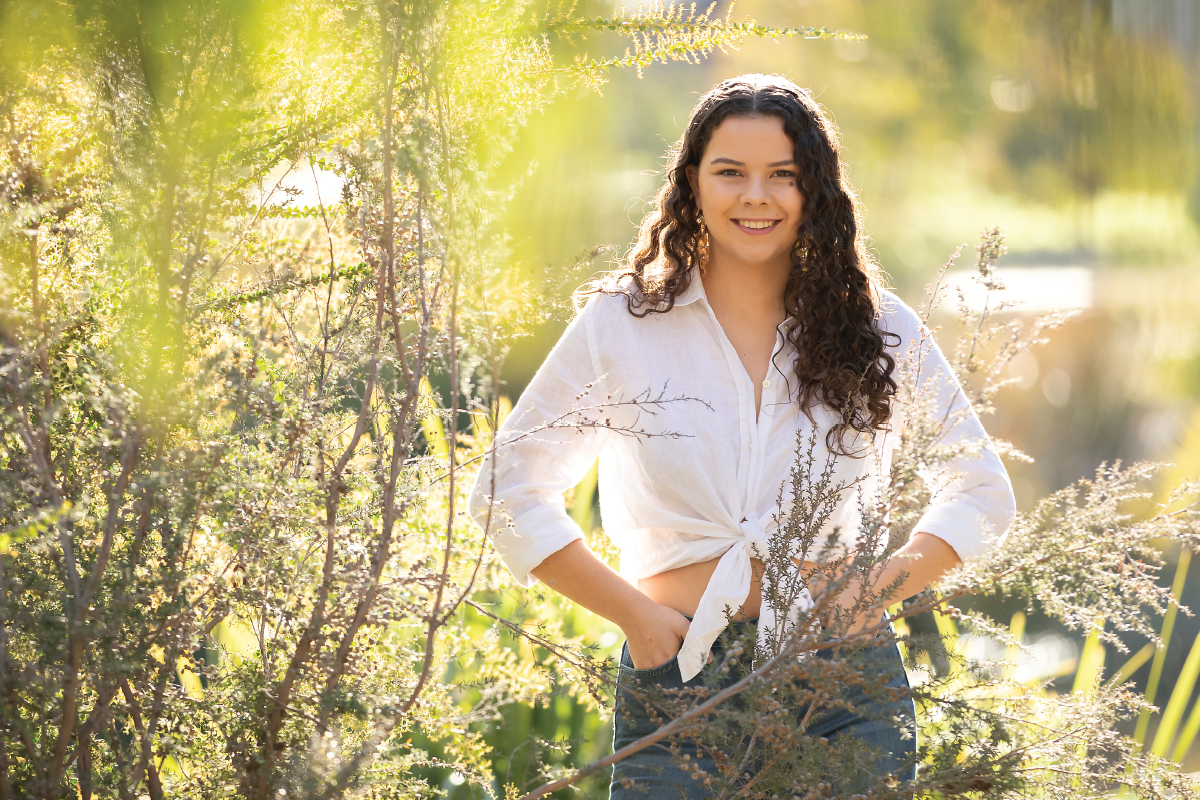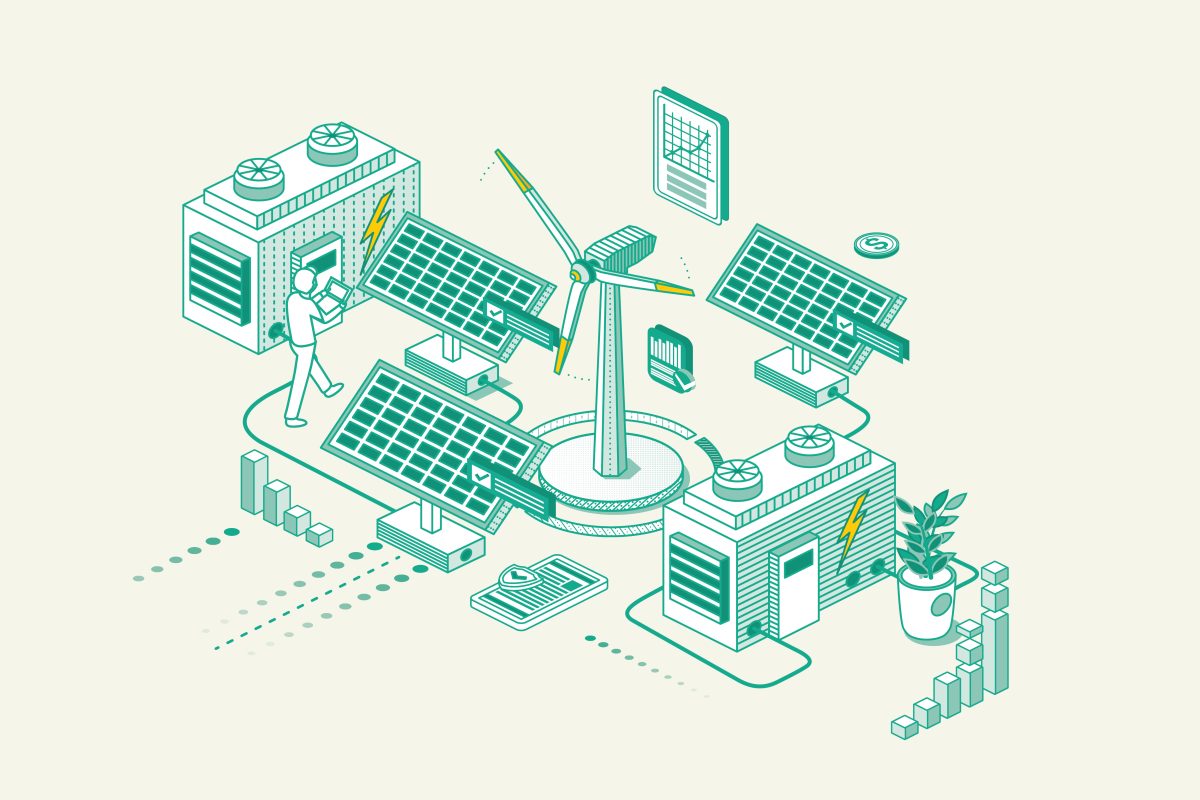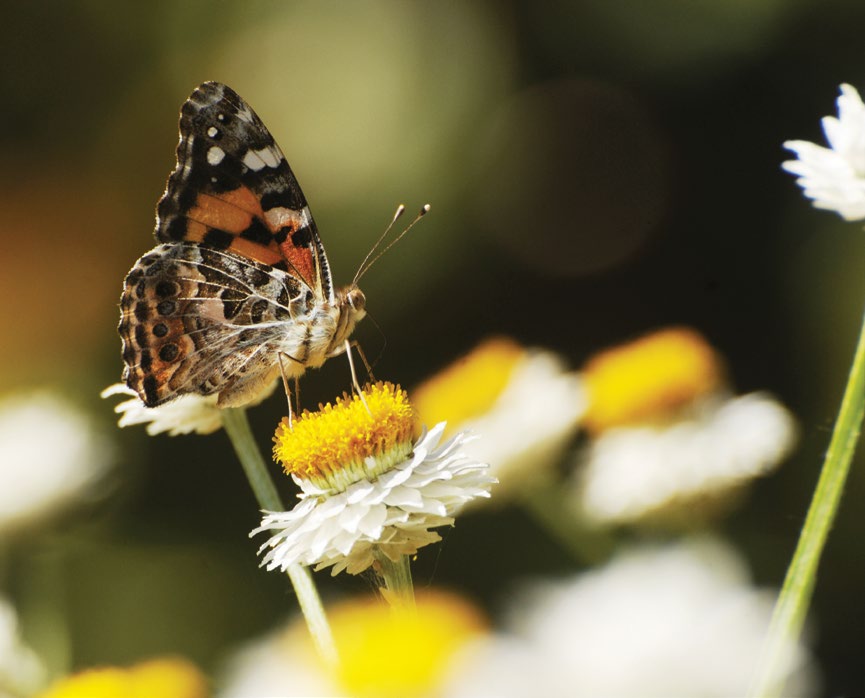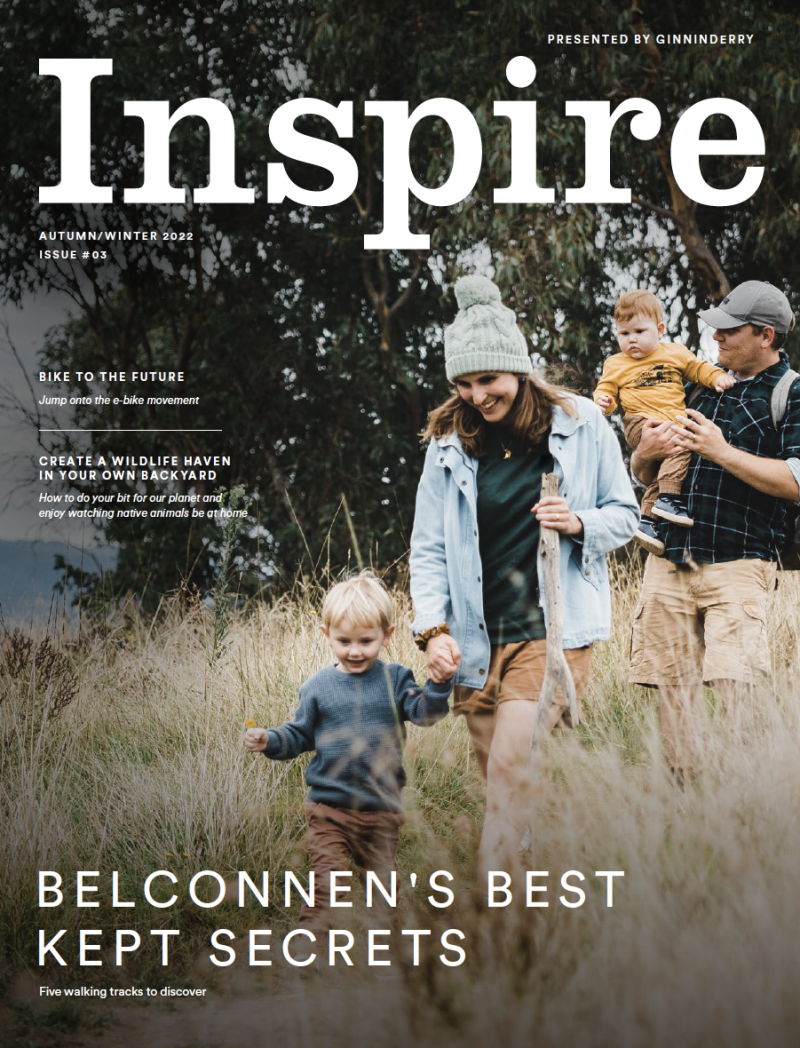Our local eco heroes
WORDS Erin Cross
Named as the world’s most sustainable city*, it’s no surprise that Canberra is home to quiet achievers doing their bit to protect the environment. We chat to four local eco-heroes about their work—and how the community can help.
Dhani Gilbert
Tell us about yourself?
I’m a proud Kalari Wiradjuri woman from the Lachlan River. I am a secondyear student studying a double degree at the Australian National University— a Bachelor of Science and a Bachelor of Environmental Sustainability—and studying for a Graduate Certificate in Wiradjuri language, culture and heritage at Charles Sturt University. I’m also a Community Education Officer with the Woodlands and Wetlands Trust at Mulligans Flat Woodland Sanctuary and Jerrabomberra Wetlands.
What do you do in these roles?
At University, I’m focusing on studying science communication, conservation biology and ecology, looking at how we look after certain species and our natural landscapes. Then, in my role as Community Education Officer at Mulligans Flat, I do a lot of work on how we communicate to the community, particularly around species reintroduction, how we protect our landscapes, looking at the benefits of and the risk of losing species, and focusing on how we communicate cultural landscape values. I also do quite a bit of activism.
Why are you passionate about the environment and sustainability?
We need to enact sustainable ways of managing our environment because if we don’t, we’re not going to have an environment to manage—and, ultimately, if we don’t have an environment, we don’t have anything. I think Country and the environment is so crucial to all parts of our continued function as people, and so I’m really passionate about looking after that landscape. I grew up in a family and a community where caring for Country is really important, including valuing that connection to Country and its inherent right to be healthy. That’s really continued on in all aspects of what I do.
What are your concerns for the future?
As a young First Nations person I think we face a lot of challenges in terms of where the future is headed and what’s going to happen, but I have a lot of optimism. I know the community and young people have this amazing capacity for change, and that’s what gives me a lot of hope for the future. How can the community help? I think there’s a lot of actions people can take in order to help Country thrive. Anything from planting native vegetation in your garden to making sure you’re conscious of where you’re going, what you’re taking with you, what you’re bringing back. Building community connections is one of the most important things in order to have action. It really encourages people to get involved, find initiatives or even places they want to see action.
Anke-Maria Hoefer
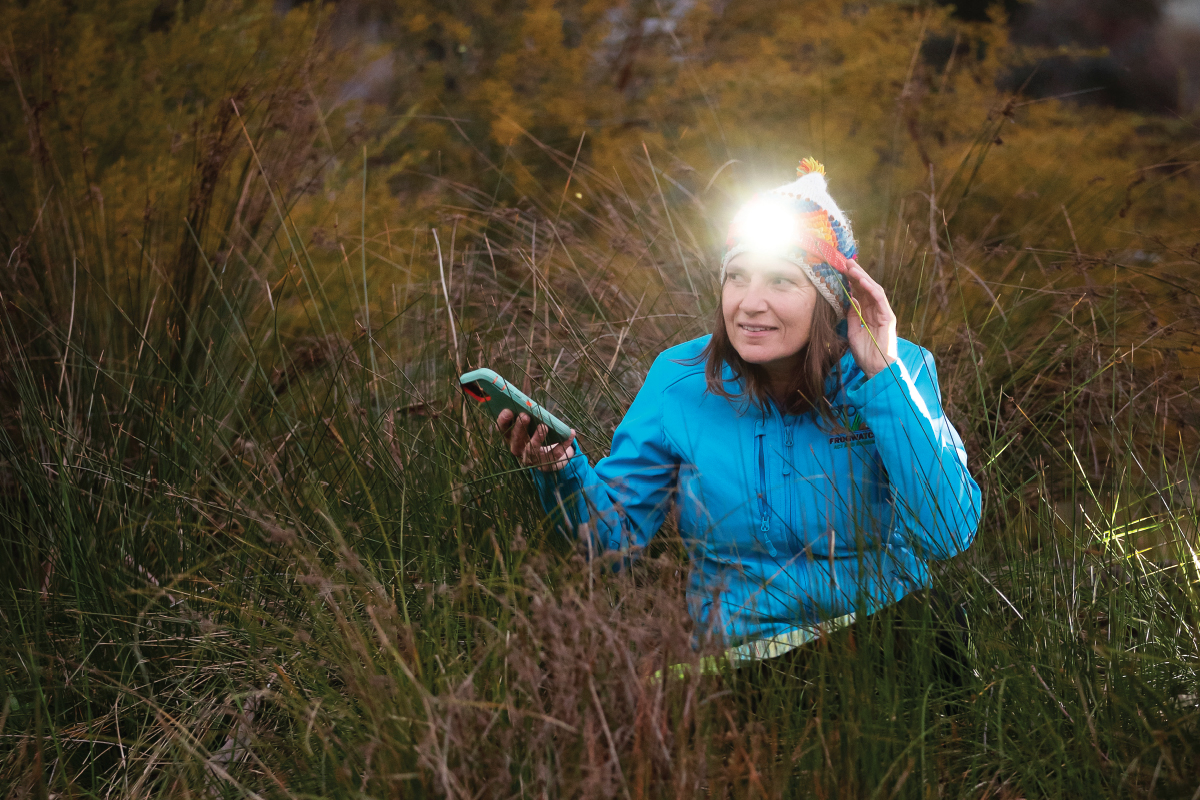
Tell us about yourself?
I coordinate FrogWatch—a citizen science project monitoring frogs in the ACT and the surrounding region. FrogWatch is part of the Ginninderra Catchment Group, and funded by the ACT government.
What do you do in your role?
As the FrogWatch Coordinator, I run a lot of different frog-related research projects, teach volunteers to be fully fledged citizen scientists, and act as the conduit between citizen scientists and real scientists in our local research institution and government agencies. Frogs are the most threatened species group globally and their declines and losses of species have been described as the single biggest threat to our biodiversity. Monitoring local frog populations and their habitat is vital to ensure that possible declines are detected early and addressed quickly. It also creates a better
understanding on how to best manage, improve and create frogfriendly habitat in our increasingly urbanised landscape.
Why are you passionate about it?
My position as FrogWatch Coordinator marries two of my main interests: people and the environment. I meet so many amazing people every day that come to volunteer with FrogWatch and to contribute to a project. Together we can make a real difference to our local environment.
What are your concerns for the future?
My biggest concern for the future is human inertia—we know a lot but we do not do enough. People might be disengaged, overwhelmed or busy with other things and as a result environmental issues are often not on the forefront of our minds—but climate change or habitat destruction really affects us all and it will cost us more than just a lot of money in the long term.
How can the community help the environment?
Many people are passionate about the environment and have the strong desire to make a difference but might not know how to contribute. Becoming a FrogWatcher is perfect for that because it offers a hands-on and engaging opportunity to get involved and to take action. Plus it’s heaps of fun!
Dr Gavin Smith

Tell us about yourself?
I’m an Associate Professor in the School of Sociology at Australian National University. I’m working on both sociological and ecological issues and I’m looking now in my research at brown snake ecology, and that really dovetails beautifully with my glorified hobby which is as a Canberra snake catcher.
What do you do as a snake catcher?
During the warmer months from approximately October to April, I am on standby pretty much 24/7 for people who find a snake in or on their property. Sometimes I can just deal with the situation on the phone, but if there’s an issue with a human-snake or pet-snake conflict, I will go out to that property and safely catch the snake. I then release the snake in an appropriate habitat. I’m also involved in the Canberra Snake Tracking Project which looks at what happens to a snake after it is relocated to a new habitat by a snake catcher, along with monitoring its movement, behaviours, welfare, genetic profiles and use of habitat.
Why are you passionate about snakes?
Aside from having a bit of a spiritual connection, I think another reason I care about snakes is because they have been so badly represented and persecuted in the past, and even to this day. They’re very misunderstood publicly, and the more I work with them, the fonder I become of them, especially their different personalities and the contribution they make ecologically. I’m really on a mission to increase my understanding of their behaviour and ecology, and then be able to hopefully communicate that knowledge to a wide audience of people who might come to see snakes slightly differently.
What would happen if we didn’t have snakes?
It would unbalance the very finely tuned ecosystem and cause untold ecological damage. For instance, there would be increases in species that snakes routinely predate on—I’m thinking of mice and rats in particular. Snakes are one of those fantastic native and natural predators that play a part in controlling rodents as well as other species populations. They also act as prey for other native, but also now invasive, species.
How can the community help?
There are various things—they can like/follow the Canberra Snake Project Facebook page, even if they dislike, detest or feel indifferent towards snakes. The more I can show different sides of the snake’s character and behaviour and the more people are educated about snakes, then we as a society can start to move on a little bit from that intense dislike and fear relationship that we have with these animals, and appreciate their evolutionary sophistication and ecological importance. In the future, I would just like to see people being a bit more tolerant of snakes and being willing to share the landscape with them.
